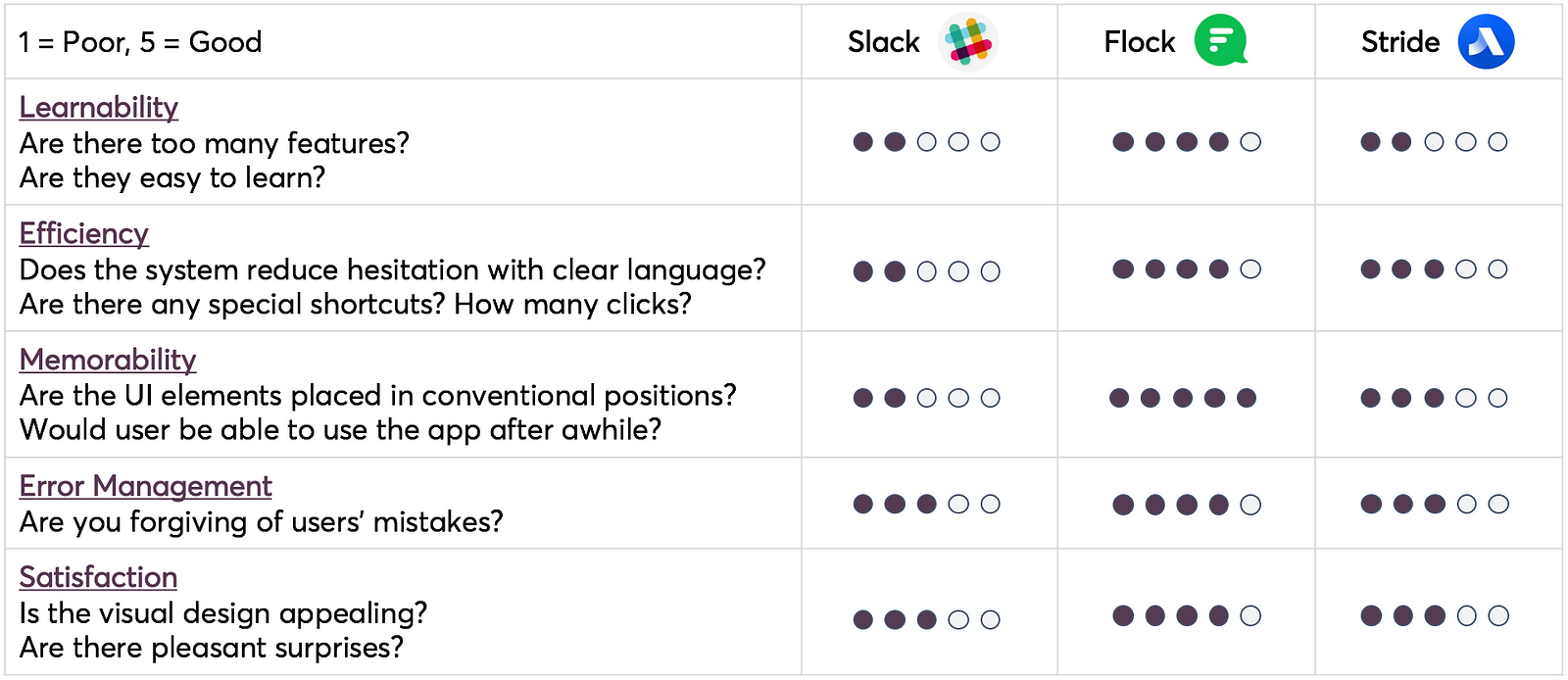How to Slack smarter? — a UX case study
Phase One: Understanding the Product
Slack (short for Searchable Log of All Communication and Knowledge) started out as an internal communication tool used in the development of an online game, Glitch. It then evolved into a collaboration hub that allows teams to connect more effectively. The data and applications on Slack powers productivity for its consumers all around the world.


Slack’s App Directory deserves brownie points
As a collaboration hub, Slack brings people, information and tools together. Many of the tools and services consumers use have dedicated apps built for Slack. These apps make it possible to route the work they do in those tools through their workspaces. When you don’t have to switch back and forth between multiple tools, you can work more efficiently and quickly.
With the App Directory, Slack is more than just a workspace communication tool. It thrives on the apps and integrations to ensure the growth of its ecosystem.
Staying true to its roots
Arising from a gaming background, Slack is built around basic coding such as utilising slash commands for shortcuts and modifiers to conduct advanced searches. It gives users the freedom to work around the boundaries and customise their own experience with Slack.
The favourite co-worker
Adopting the colour scheme of a video game sets Slack apart from the mass of regular-looking enterprise collaboration products. The bubbly and fun user interface (UI), thoughtful interactions and personalised microcopies contributed to Slack’s unique “personality”.
But if Slack is so cool, why don’t my classmates like using it?
We conducted heuristic evaluation to identify usability problems with the UI design of the mobile app. With this, we addressed the surface issues before breaking down the biggest question mark of the day. The evaluation was done in reference to Jakob Nielsen’s 10 Usability Heuristics.
Aesthetic and minimalist design
The adaptation of the vertical navigation menu is not as effective when it comes to organisation of channels and direct messages. They are separated only by a small divider and it looks very messy and cluttered.
We had trouble looking for certain group chats as some disappeared after being inactive for too long and we did not know where to go to retrieve them.
Recognition rather than recall
A good UI design should minimise cognitive workload by making objects, actions and options visible. There are many useful features in the app but it required time to explore in order to find where these features were hidden.
We tried looking for information on the App Directory but we were redirected out of the app and into a web browser. It shifted our orientation and we had to try and pick up where we left off.
Flexibility and efficiency of use
As much as Slack was created for the mass audience, the use of accelerators were predominant throughout the mobile app. I conducted a simple search for a document, however being a novice user, I had to learn to apply modifiers in order to use the search bar.
This presented me a learning curve to overcome and in turn, it compromised my work efficiency. I suddenly felt reluctant to continue using the app because I was spending more time trying to figure out how to make the search bar work. It seemed to me that the system favoured the power users over the novice and this began to build a barrier between the app and users themselves.
Was this how my classmates felt while using Slack too?
Asides from heuristic evaluation, we also conducted competitor analysis using the LEMErS framework. The framework assessed the usability of the user interfaces and how easy they were to use. With this, we identified the good parts to keep/emphasise, and the bad parts that gave users trouble.


